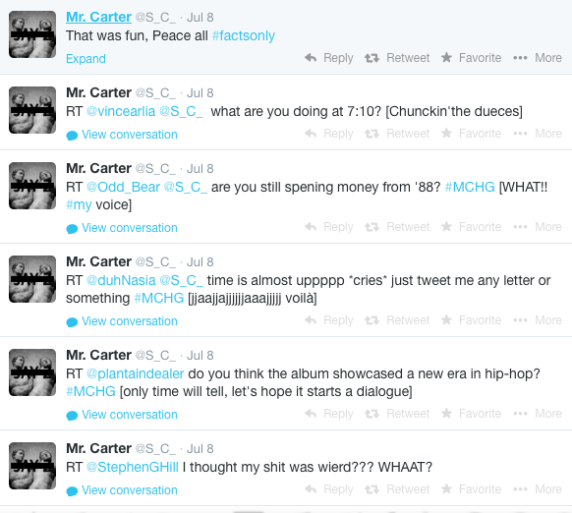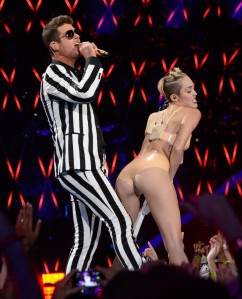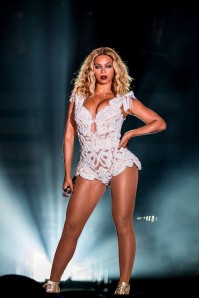On March 27, 2014, Billboard announced its partnership with Twitter to create Twitter Real-Time Charts, which will monitor music conversations. These charts will be published on Billboard’s Twitter feed beginning in early May. Because music is the most discussed topic on Twitter, and the top 10 Twitter accounts belong to musicians, it only makes sense that Twitter would want to focus their efforts on bringing conversations about music to the fans.
Didn’t Twitter Already Try That?
Sort of. Last April, Twitter launched a music application for iOS users only which would identify the artists you follow on Twitter and automatically generate playlists by those artists, then allowing you to access them through the app. The application would also allow you to hear what your friends are listening to and check out trending artists. After only six months, however, the app was pulled from the market because it ultimately could not compete with sites such as Spotify that allowed access to full songs on demand.
Why is it different this time?
These Real-Time charts will monitor conversations about popular artists, as well as the most popular and shared songs by new artists. The negative mentions will be filtered, however, to keep the charts updated with popular content. Guggenheim Media’s John Amato discusses the launch of the Real-Time Charts in this video. Bob Moczydlowsky, head of Twitter’s music, ultimately wants the partnership to “make Twitter the universal signal of real-time music measurement,” and wants “music business decisions to be based on Twitter data.”
Twitter wants artists to engage with their fans, creating buzz visible by the top music industry executives. This would help new artists to gain popularity with Twitter followers and catch the eyes of record labels.
According to Axel Bruns and Stefan Stieglitz, Twitter is one of the most important platforms to generate discussion about shared interests; in this case, the most popular artists at the very moment that followers are talking about them. Hashtags are a great way to monitor metrics because they gather conversations on one central theme; music. Twitter Application Programming Interface can gather tweets with the same hashtags and similar keywords to keep the chart constantly updated in real-time.
What do you think? Will the launch of the Twitter Real-Time Charts be a success or will it fail like their music app? Stay tuned to find out.
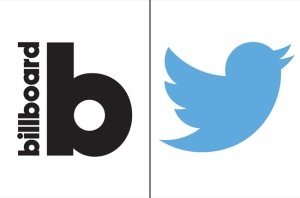
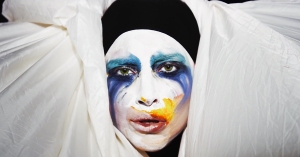
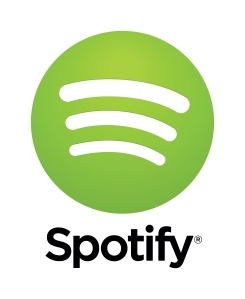


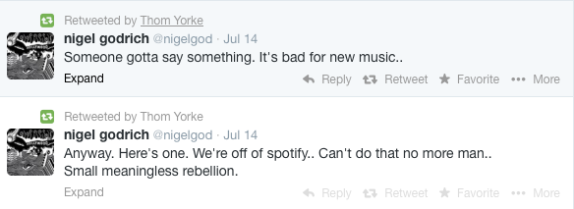
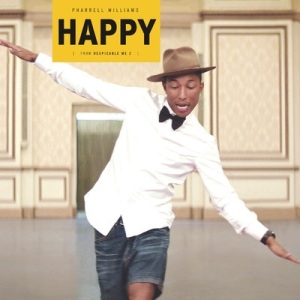

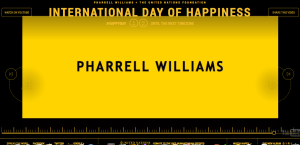
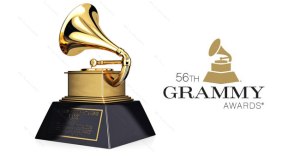
 The promotion first began when Jay-Z tweeted a picture of a Samsung Galaxy with the words “NBA Finals Game Five. Tune in. Turn up the volume,” hinting to followers that there would be some surprise in store.
The promotion first began when Jay-Z tweeted a picture of a Samsung Galaxy with the words “NBA Finals Game Five. Tune in. Turn up the volume,” hinting to followers that there would be some surprise in store.